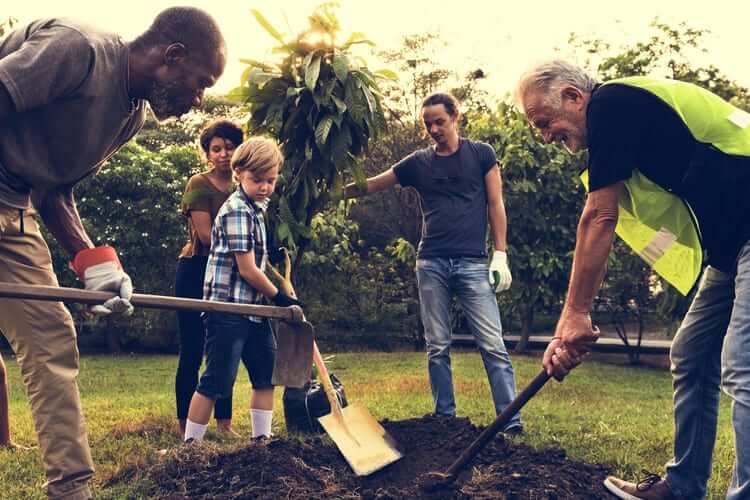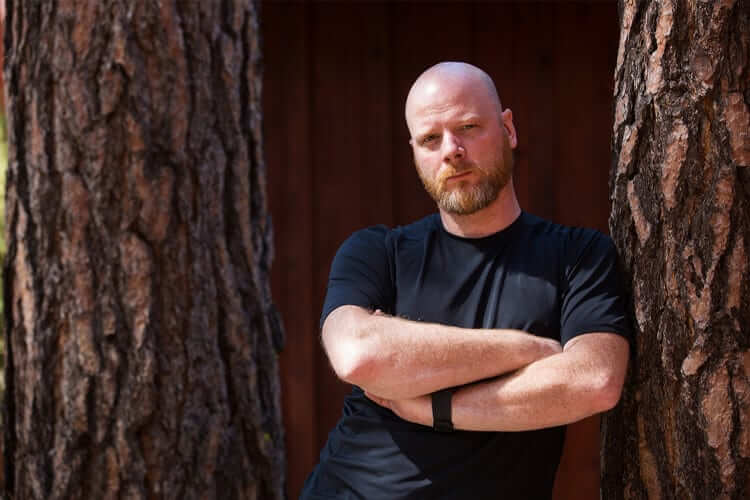Step 1: Stop And Think For A Second

As much fun as a community garden sounds, it's important to understand that this isn't going to be an overnight project, it's going to take some work and commitment from different people, and being able to sell your idea and vision is hugely important. Take a minute to stop and ask yourself: is there a need in my neighborhood for this garden? What kind of garden is this going to be (i.e. vegetable, fruits, flowers, or just educational)? Who will this garden be of service to (teenagers, kids, elderly)? It might not sound like a lot, but this is arguably the most important step.
Step 2: Form A Planning Committee

Once you've decided you're going to commit yourself to this project you need other people who share your vision for a greener future as well. The main thing to look for is passion and commitment, but it doesn't hurt to be practical as well. Anyone who has experience in things like landscaping, botany, nutrition, or carpentry are great qualities to look for when picking your team. That being said, your planning committee should reflect the makeup of your neighborhood so that everyone feels like they can participate in this great endeavor.
Step 3: Pick A Site

There's a lot to consider when picking a spot for your community garden, and the first thing you should consider is will plants even grow here? Is it a lot that's squeezed between tall buildings that will prevent sunlight from reaching your veggies? Is there adequate access to water and drainage as well? After that there are more logistical considerations to think about - is this place accessible for people? Is it too far out of the way or too close to busy areas where people might trample the plants? Make sure you think about the pros and cons of each place.
Step 4: Check With Your Municipality

So, you've got your vision, your team, and you've picked a spot, there's only one thing left to do before you can really get down to work - check with your local governing body. Most municipalities have some sort of community garden resource that you can use to find out what red tape you need to overcome. You can also check for a horticultural society that would likely be more than happy to present your garden to your governing body. Dealing with bureaucracy can sometimes be frustrating, so be calm, patient, and determined, and your effort will be rewarded!
Step 5: Find A Sponsor

While you and your neighborhood team might already have some resources, it's never a bad idea to approach local businesses to see if anyone else would be interested in lending a helping hand (or dollar). Not only is this a great way to increase the budget you're working with, but many businesses may add a personal touch such as a fountain or a bench. Not only that, but the more people and businesses involved, the more buzz and excitement this community garden is going to generate.
Step 6: Get To Work On The Site

Before you and your neighbors can enjoy that garden there's the matter of getting your hands dirty as you work to make the site ready for everyone. Make sure you clean the space thoroughly, look for any pieces of glass or other sharp objects that might injure kids who just want to play. Work together to decide how big and how many plots you want to have in this garden, and make sure you have an area where you can store all the tools that everyone might need.
Step 7: Get Ready To Manage

It's no secret that getting a large group of people together will inevitably produce disagreements from time to time. The last thing you want is for all your hard work to go to waste because your neighbors were being rude and rowdy and the government decided to just shut everything down. Have a system of bylaws ready with rules involving how much an individual contributes, when they must have something planted by, and what to do if they decide they want to quit the garden. Have a strict system of rules that you make sure to enforce as well.
Step 8: Be Prepared For Vandals

It's an unfortunate reality that there will be people who just show up to make trouble in your garden. It's not a bad idea to invest in a fence in order to keep people out. It's also smart to get children and teenagers involved since they can be your best protectors against people looking to make trouble. Another sneaky tip is to put veggies near the edge of the garden that people don't like so much, things like potatoes, kohlrabi, or other root vegetables so that people will be less tempted to steal. Raspberries also have thorns, might not be a bad idea to plant them along the fence as well.
Bonus Step: Insurance

It's not a bad idea to insure your garden, it also makes it more likely that people will lease you space if they know that your garden is being covered should something bad happen. Gardening insurance is a fairly new type of insurance which is slowly becoming more and more popular. If it is something you're considering, we'd recommend going for one of the larger firms since most of the smaller ones won't be offering this particular type of coverage.
